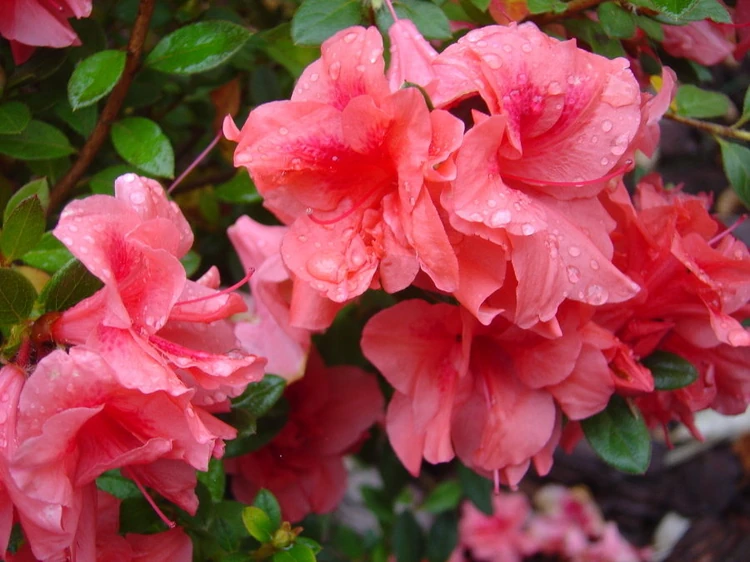If you’ve got a dog who enjoys spending time in the backyard, you might have already considered him or her when planning your garden. Not every plant falls under the “pet-friendly” category, but it’s not as if you can sit your pooch down and tell him which plants to avoid.
Dogs have been known to make a snack out of strange things, including garden foliage. But even the most carefully planned gardens may include plants that could be potentially harmful to dogs if swallowed.
So how can you tell if your dog has consumed a plant that he shouldn’t have?
Symptoms of plant ingestion
If ingested, some common plants -- including Azaleas, Hostas, and Ivy -- can cause your pup to experience some unpleasant symptoms.
According to the Cornell University College of Agriculture and Life Sciences, the most common symptoms of toxic plant ingestion in dogs include vomiting, diarrhea, weakness, changes in urine, and drooling.
Bulbs of any kind are toxic to dogs and can result in gastrointestinal upset, stomach pain, and loss of appetite. Similarly, other specific parts of plants -- such as the berries or blooms -- can carry higher concentrations of toxins.
Skin irritation
Simply brushing up against certain plants can also be harmful to dogs. Dermatological symptoms of a dog having come into contact with a plant containing poisonous chemicals include rashes, blisters, and itchiness.
If Fido licks toxic sap (either off himself or off of the plant), he may experience such symptoms as coughing, drooling, and lack of appetite. Lapping up toxic saps may cause inner mouth discomfort, including irritation to the lip, tongue, and esophagus.
What to do
If you suspect your dog may have ingested or come into contact with a toxic plant, take him to the vet as soon as possible. If you can't immediately get to a vet, call the ASPCA Animal Poison Center (APCC).
Take note of the symptoms he is experiencing, and bring a picture or sample of the plant he may have eaten. Different plant-based poisons will require different treatment. There are antidotes for some, while others may be treated with induced vomiting or stomach pumping.
When landscaping in a home with pets, refer to this list of plants that are toxic to dogs.
